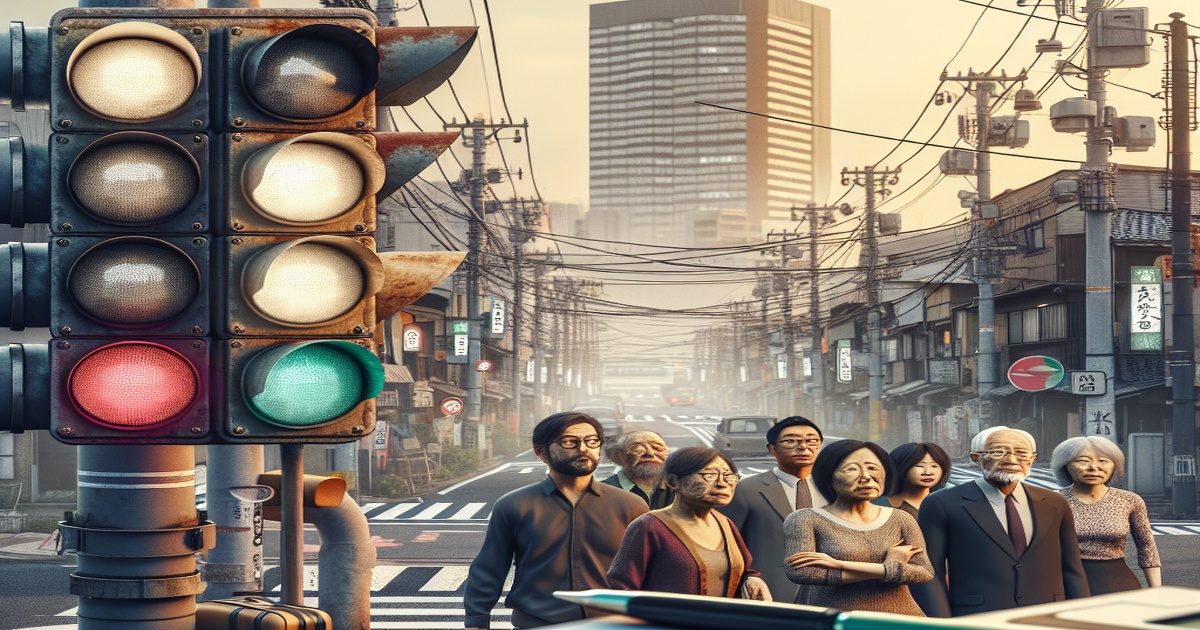In Japan, outdated traffic lights have become a growing concern for law enforcement, as thousands are either beyond their useful life or in immediate need of repair. With around 210,000 traffic signals installed nationwide and approximately 25 percent already past their expected lifespan, police departments are forced to make tough decisions about repairing, maintaining, or removing these aging units to ensure public safety.
The increase in traffic lights over the decades mirrors Japan’s vehicle surge, starting from about 20,000 units in 1970 during a period marked by a high rate of fatal accidents. Today, in major cities like Tokyo and in sparsely populated areas alike, the challenge has transformed; while some lights are eliminated in regions experiencing traffic reduction (such as near closed schools), others are retained or replaced based on detailed safety and usage criteria outlined by the National Police Agency.
The guidelines developed by the National Police Agency specify that factors like a minimum hourly vehicle count and distance between signals must be met for a traffic light to be considered essential. Other mandatory considerations include the proximity of schools, hospitals, or accident-prone intersections. When these conditions no longer apply, police officials assess whether removing the signals might actually facilitate smoother traffic flow and improve safety.
Local communities play a critical role in these decisions. In some instances, residents have resisted the removal of a traffic light, citing the need for a controlled crossing for elderly pedestrians or concerns about heavy traffic patterns. For example, on a one-lane road in Ibaraki Prefecture, local opposition led to the retention of a push-button traffic light despite earlier plans for its removal due to decreased usage following a school closure.
Conversely, in other areas with declining student populations or reduced traffic, authorities have proceeded with removal programs. In one case in Hokkaido, residents accepted the removal of a push-button traffic light in front of a now-closed elementary school, as its usage had dwindled and it no longer served the community's needs.
The report also highlights cases where intersections remain without traffic lights despite local calls for installation. In a tragic incident in Aomori Prefecture, a fatal collision underscored the challenges involved, though police opted for enhanced stop signs and increased traffic monitoring rather than installing new signals. The overall effort, which involves removing roughly 2 percent of all traffic lights over the next few years, reflects the balancing act between ensuring public safety and making efficient use of municipal budgets.







6 Comments
Matzomaster
I can't believe they would even consider removing a traffic light near a school. What about the children?
Karamba
They should be investing in new traffic lights, not taking away the ones we already have.
Rotfront
This is just a short-sighted way to save money. In the long run, it's going to cost more money and lives.
Comandante
I'm outraged! This is unacceptable. The government needs to reconsider this plan immediately.
ZmeeLove
This is just another example of how the government doesn't care about the people. They only care about themselves.
Muchacho
I urge everyone to contact their local representatives and voice their concerns. We need to make sure they know that we won't stand for this.